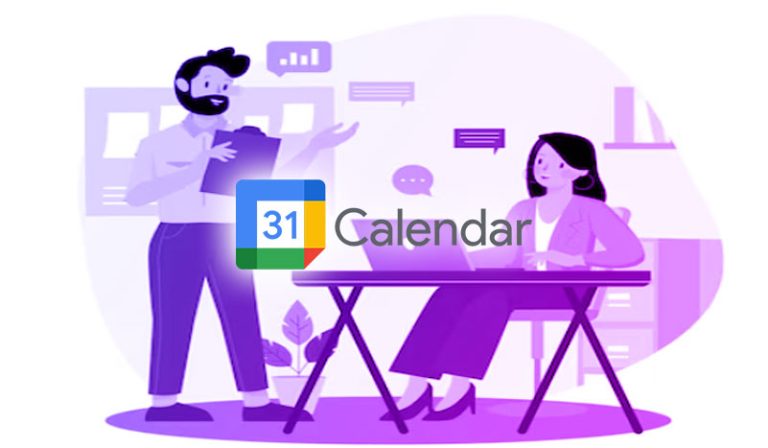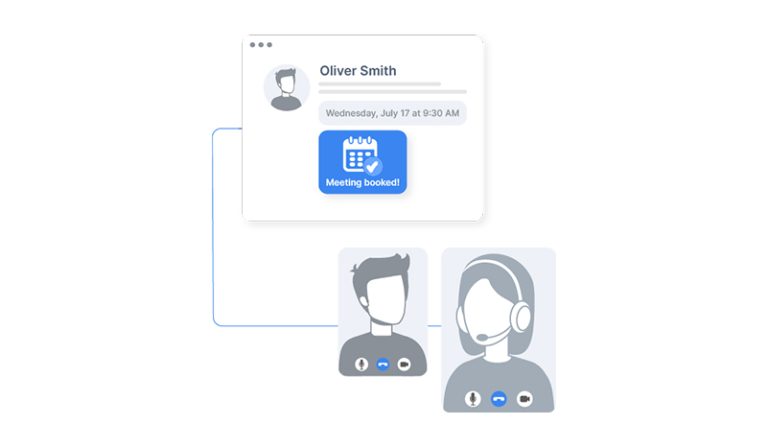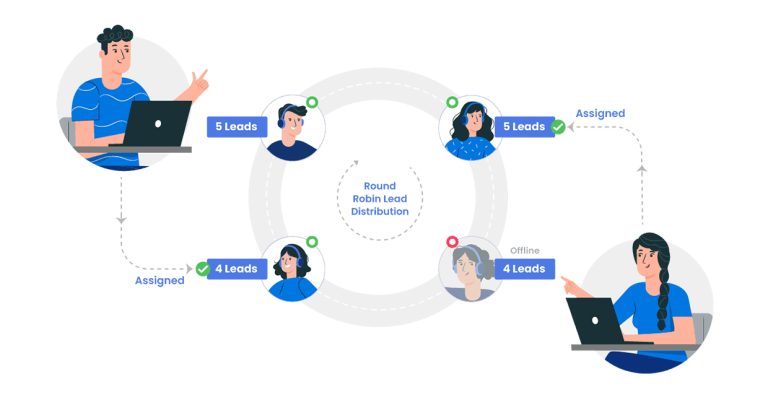You’ve probably heard the saying “time is money.” Well, that statement is especially true when it comes to sales. The faster you can respond to a lead, the more likely that lead will convert into a paying customer.
In this article, we will discuss the importance of speed to lead and provide some lead response time statistics on how response time impacts conversions. We’ll also provide tips on how you can speed up your lead response time!
What is speed to lead?
Speed to lead is the elapsed time between a prospect expressing interest in your business and your sales rep’s earliest response. This interest can vary by organization but, generally speaking, we’re talking about a contact form or demo request. The second they hit submit, the clock starts ticking. One thing worth bearing in mind: Speed to lead doesn’t prioritize any method of communication over another. It accounts for how quickly you respond to a lead, be it by phone, email, text, etc.
Speed to lead statistics support the value of why this is important and we’ll be dropping plenty of interesting stats to make sure you know how important this is.

Why is speed to lead important?
There are a few reasons why speed to lead is so important. First and foremost, the faster you respond to a lead, the more likely you are to convert that lead into a paying customer. In addition, responding quickly to a lead shows that you are attentive and interested in doing business with them. Lastly, speed to lead can help you win more business by allowing you to get in touch with prospects before your competition does.
What would this article be without some cold-hard lead response time facts, here are just a few speed to lead statistics.
5 speed to lead statistics
- After five minutes pass, the odds of connecting and qualifying with the lead drop by 80% (vendasta.com).
- Organizations that contact a lead within the first hour are seven times more likely to qualify the prospect than an organization that responds in two hours (hbr.org).3
- Responding to leads within the first-minute increases conversions by 391% (xoombi.com).
- Fifty percent of leads will work with the organization that contacts them first (hubspot.com).
- Slow lead response time increases customer churn by 15% (websitebuilder.org.uk).
As you can see, it’s pretty simple. Speed to lead matters!
Your sales representatives, whether it be a large or small team (is irrelevant), they need to respond to leads quickly as this will improve conversions.
It’s that simple.
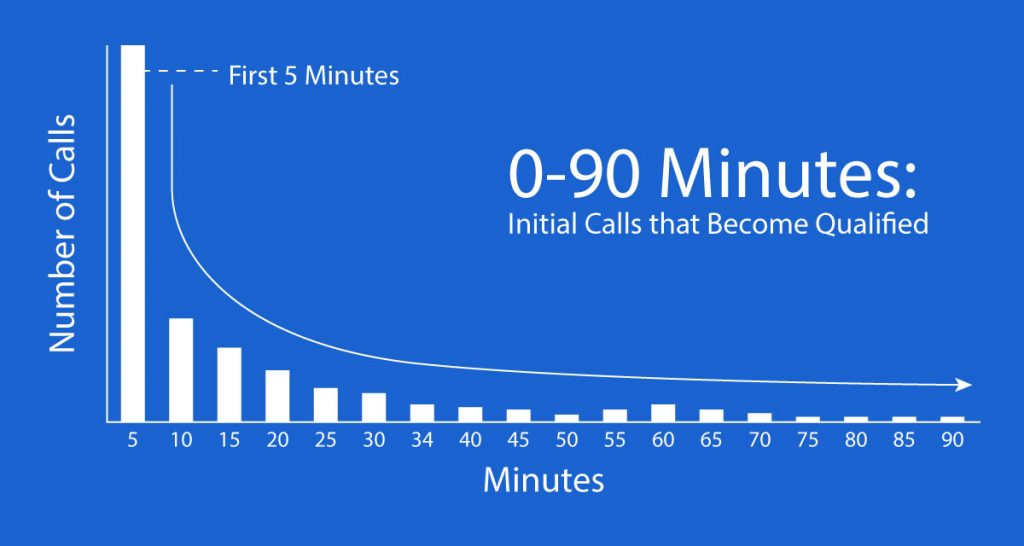
What is the ideal speed to lead?
Before we dive into this new ideal time frame, keep in mind that the leads contacted with this new time applied will have a superior all-around customer experience. Not forgetting that the benefit experienced is not just on the leads side, but for all the sales reps across all your sales teams, as sales increase, they come closer to their targets respectively. Most experts take the first stat from the speed to lead statistics above as the most important, that the ideal speed to lead is within five minutes of receiving the initial inquiry.
How fast should you respond to a lead?
Ideally, your speed to lead should be within five minutes. However, we understand that not all businesses can respond that quickly. If you can’t achieve a five-minute response time, aim for within 15 minutes.
You should also make sure that you have a system in place that allows you to initiate a form of communication at that speed, whilst also being able to track and measure your speed to lead so you can continually improve.
That form of communication would provide even more value if it could automate the scheduling of a meeting, allowing sales reps to start their sales process instantly. As opposed to sending a scheduling link over six to eight emails, over a few weeks or even months, hoping the lead will select a time to have that first meeting.
What is the speed to lead metric?
Speed to lead refers to the duration it takes for a company representative to react to a lead. This measure is valuable for assessing the sales team’s efficiency since it has a direct impact on conversion rates.
Determining the optimal speed to lead time varies depending on various factors, such as the nature of the product or service provided and the level of interest exhibited by the customer. It is crucial for companies to carefully examine accessible data and take into account the variables that impact their customers’ buying choices. An initial data point to consider is the duration it takes for the sales team to reach out to leads and the subsequent conversion rates that follow.
3 reasons QikChat can make your speed to sale faster
1. Meeting insights and opportunities analysis
Know the days to hours to minutes it takes for that first meeting from when the lead completes a form to when they accept the calendar invite. Providing a completely new level of depth into your speed to lead analytics. Breakdown the time it takes your lead to accept the meeting, not accept and then be able to correlate that as to whether they attend the meeting or not. Bringing a whole new dimension to speed to lead insights that uncovers key sales opportunities for your team to act on instantly.
2. Removes key sales rep to lead friction points
QikChat sits behind the lead form, removing the need to take the lead to separate landing pages, which is where the very large drop off rate of leads not completing the form arises. Bypassing that problem right out of the box QikChat feeds the lead information, right from the lead form into our platform, removing the reliance on using separate integration apps like Zapier to pull the leads from the lead form or the very time consuming process of manually doing downloading new leads each time they have completed a form, then manually allocating them.
Relying on the manual process of downloading leads each time, does not allow you to provide a successful speed to lead advantage to your leads, usually resulting in lost revenue.
3. Handle meeting cancellations and reschedules with instantly
How you can improve your speed to lead in 11 steps
1. Design your landing pages to engage prospects instantly
Make sure your landing pages are designed to engage prospects immediately. The headline should be clear and the page should contain a strong call to action. The lead form should be placed on the right side of the page and be one of the first elements the user sees, to convey the intercommunication between the value the business can provide and the need for the lead to inquire by filling in the lead form.
The call to action should be placed on a button below the form or either above a lead form. In addition, your unique selling proposition (USP) should be one of the first elements prospects see, so they know what you can offer them.

2. Set up auto-responders
Auto-responders can help you immediately acknowledge the receipt of a lead inquiry and let the prospect know when they can expect to hear back from you. This is a helpful way to buy yourself some time while also staying in touch with the prospect.
Sidenote, QikChat has this feature included, so your sales reps are set up for success straight away, knowing that these potential customers will receive acknowledgment of communication instantly.

3. Use a lead management system
A lead management system can help you automate and keep track of your lead follow-up process. This will free up time for your sales team so they can focus on selling, and it will ensure that leads are never lost or forgotten about.

4. Prioritize your leads
Not all leads are created equal, so it’s important to prioritize them based on factors like budget, timeline of purchase, technology requirements, speed of fulfillment, upsell potential and any other factors your sales team would usually value in a deal.

5. Save your sales reps time via lead enrichment and capture forms
One way to speed up your lead response time is to use lead enrichment and capture forms. These forms can help you gather additional information about a lead before passing it on to your sales team. This extra information can help qualify the lead and determine the best way to follow up.
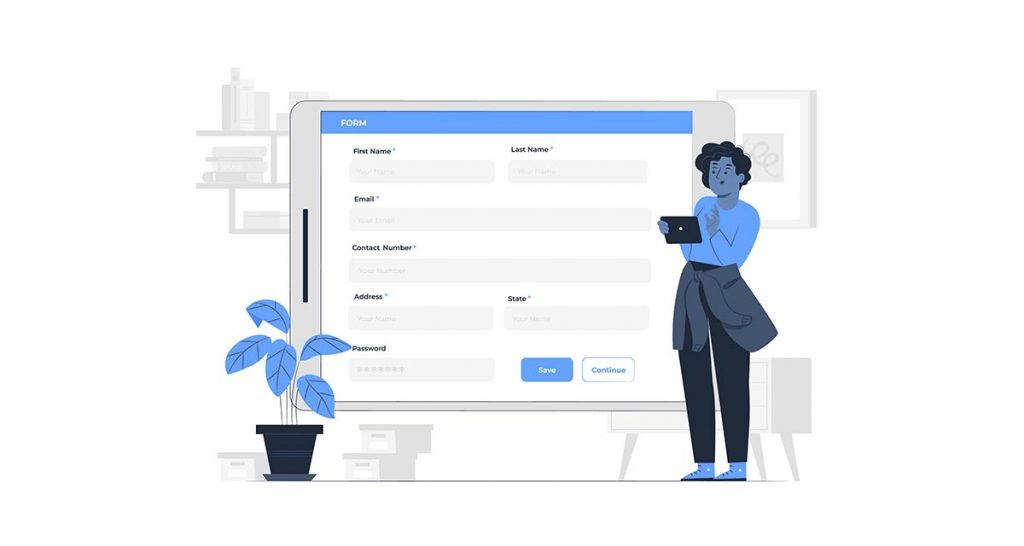
6. Score your leads and prioritize who to call first
Lead scoring can help you prioritize your leads so you know who to follow up with first. Factors that you might take into account include the lead’s budget, timeline, and level of interest. By scoring your leads, you can make sure that your sales reps are spending their time on the most promising prospects.

7. Train your team on effective selling techniques
Make sure your sales team is properly trained on how to sell effectively. This will help them close more deals and shorten the sales cycle. In addition, they will be better equipped to handle objections and overcome objections.

8. Automatically route your leads to the right reps
Lead routing can help you make sure that your leads are getting to the right sales reps and is supported in parallel with the speed to lead statistics. This can be based on factors like location, industry, company size, job title and more. By automatically routing your leads, you can save time and ensure that each lead is going to the best possible person to maximize that leads sale potential.
Routing leads to the most suitable sales rep has shown to improve close rates and help you shorten sales cycles by significant amounts.
When sales reps don’t get the leads they need, it can have a serious impact on their productivity. After all, if they’re not getting leads, they’re not making sales. And if they’re not making sales, the entire sales team suffers. Of course, there are other impacts as well. For example, sales reps may start to feel discouraged and may even begin to look for other jobs.
In addition, morale among the sales team can plummet, leading to even more problems. So if you’re running a business, it’s important to make sure that your sales reps are getting the leads they need. Otherwise, you could end up with serious consequences that goes beyond affecting the sales team but the whole business.
Hint: QikChat enables you to do this, right after the lead has clicked the submit button on a form.

9. Monitor your speed to lead to identify drop-off points and lag time
It’s important to monitor your speed to lead so you can identify any drop-off points or lag time. This data can help you improve your lead response time and make sure that each lead is getting the attention it deserves.
It comes down to using a simple equation to calculate the time between when your lead was created and when you first reached out.
To calculate your speed to lead, you need to take the following steps:
- First, identify the date and time that your lead was created. This can be the date and time that they filled out a lead form to request a demo or more information about the product.
- Next, identify the date and time of your first outreach. This can be the date and time that you sent an email, made a phone call, or sent a text message to this lead.
- Finally, subtract the date and time of your first outreach from the date and time that your lead was created.
This will give you your speed to lead in hours. Ideally, you want this number to be as low as possible.
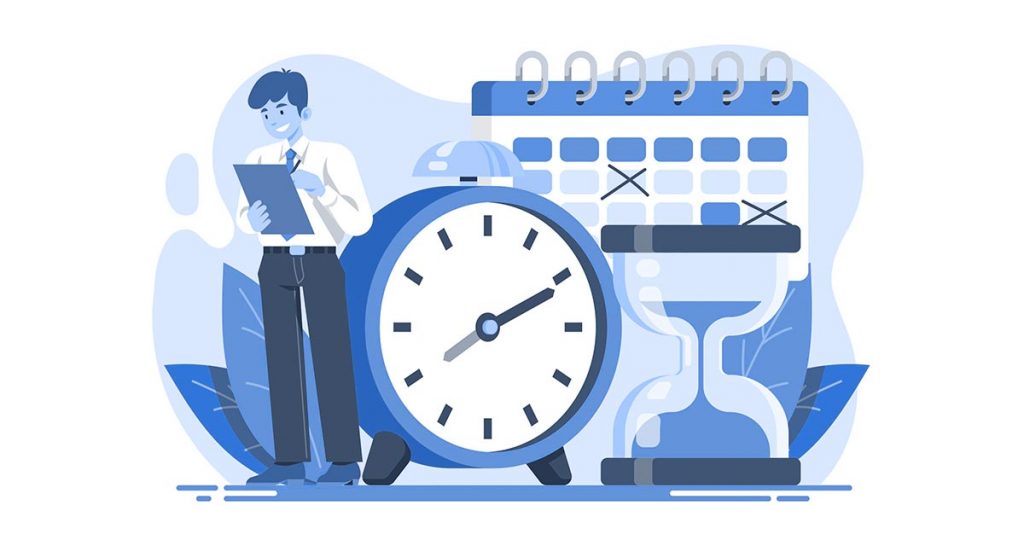
10. Identify the info that’s causing reps to neglect certain leads
This is where speed to lead statistics can really hit home as sales reps are often juggling a lot of different balls – they’ve got meetings to attend, calls to make, and quotas to hit. As a result, it’s not unusual for them to neglect certain leads. However, there are some things that you can do to help reduce the likelihood of this happening. One is to keep an eye on lead response times. If a lead isn’t being responded to within a reasonable timeframe, there’s a good chance that it’s being neglected. Another is to regularly check in with your reps to see how they’re progressing with their leads. This will give you a chance to identify any potential problems early on and take corrective action. By taking these steps, you can help ensure that your reps are giving every lead the attention it deserves.

11. Require the lead to find out more information
Making sure that there is a need to find out more information on the product or service, will create the opportunity for human intervention, making sure that there is a starting point for not just the sales team, but for the lead to engage with a team member, cementing the need for fast communication between the leads and sales reps.
Fulfilling the request for finding out more information can come in many forms, to fasten your lead response time to contact your inbound leads, there should be two main components.
- Having a way to automate the scheduling of meetings with the right team member.
- Providing informational or educational content to drive engagement from your leads at the beginning of their lead journey.

Is speed to lead actually outdated?
Calling the prioritization of your lead response time outdated is like saying deals will close themselves, it couldn’t be further from the truth!
It’s the speed to lead statistics mentioned above and the growing pressure placed on turning leads generated from digital channels into sales, that conclude this is an intuitive that should be one of your highest priorities.
The main ideas that are outdated in this category, is that the marketing team is supposed to collect a bunch of MQL’s and send them over to the sales team to start the sales process.
Times have changed and that’s not how marketing works anymore.
Cutting the lead response time story short
We have to re-align marketing with sales, with the new format of selling being most of the time through video conferencing calls, and create a sales funnel that meets the requirements of modern-day selling.
When the prospect fills in a form, they are telling you that they want to talk to sales, so why make the lead wait to receive a booking link that link from the wrong person that is manually sent?
QikChat removes the entirety of this manual process by automating the assignment of the lead and the scheduling with the team member assigned, right after the lead fills in the form.
You and your new lead can jump on a video telematics conferencing call in seconds, ready to start your sales process.



